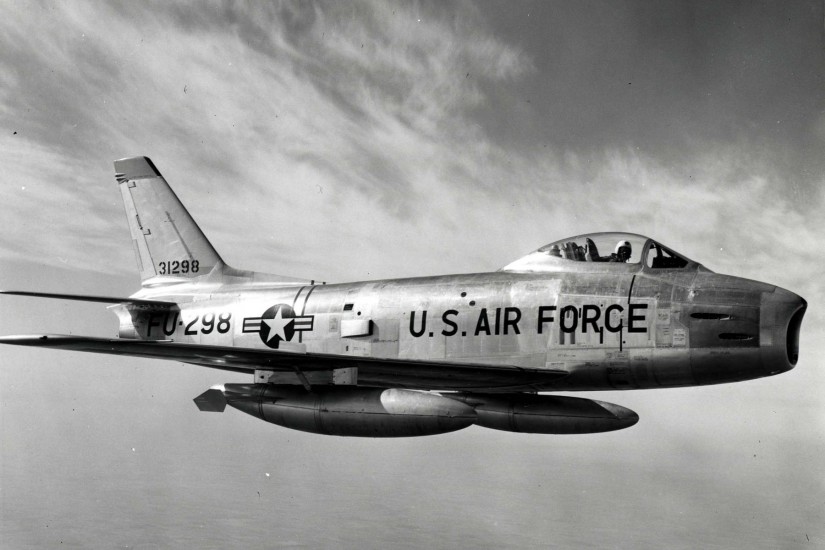A few weeks after U.S. Secretary of State Rex Tillerson said that American “strategic patience” with North Korea is ending, a U.S. naval fleet is moving toward that country, prompting Chinese authorities to caution against further provocation between the two nations. As experts advise that North Korea seems ready to launch a new nuclear test, plans have been laid for a potentially large conventional strike by the U.S. against North Korean test sites and facilities, to be executed if North Korea goes ahead with another nuclear test.
Were President Trump to authorize such a move, it would represent the first time in the history of the world that any nation had launched a formal military attack on the territory of a declared nuclear state. It is perhaps no coincidence that this step is under consideration now that there is no one with any influence in government who would remember Hiroshima and Nagasaki as an adult. Yet it behooves us to revisit another instance in which the U.S. government flirted with a nuclear confrontation with another nuclear power — one that would have taken place, as it happens, in the same territory, Korea, in 1953.
In 1953 the Eisenhower Administration — like the Trump Administration — took power in the midst of a long, frustrating, indecisive conflict. The Korean War had been stalemated for nearly two years, and President Eisenhower had promised to end it during the campaign and traveled to Korea before his inauguration. Upon taking office he ordered his administration to consider what would be necessary to go on the offensive in Korea again and re-occupy North Korea, as General MacArthur had done in late 1950, before Chinese intervention on the other side forced the U.S. and its allies to retreat to the South. Planners found that such an offensive would require a big new build-up of ground troops, and also suggested that the United States might want to use atomic weapons as part of the new drive north as well, even though the North Koreans’ Soviet ally already possessed a nuclear capability.
